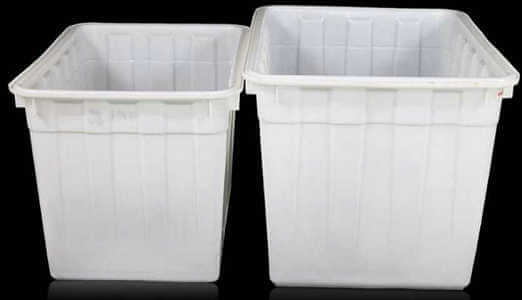Polyethylene is PE for short, which has the properties of softness, non-toxic, cheap, and easy to process. It is a kind of typical crystallographic polymer.
PE-LD has the lightest density in its own kind and is easy to ventilate and soak. It has good dielectric properties and chemical resistance properties, softness, elongation, impact force resistance. Its translucency is better than the middle and low LDPE but it has the bad performance of mechanical properties, which can apply for softness injection molding and extrusion molding. 
PE-HD also has good dielectric properties, abrasive resistance, and water tightness. In terms of chemical medicine resistance, HDPE is better than that of LDPE. It has a high softening temperature, bad performance in assembling cold and thermal, and low mechanical strength and heat deflection temperature. Therefore, HDPE is suitable to be used as the insulating medium materials for the high-frequency circuit.
Common points of HDPE & LDPE injection molding process:
High shrinkage rate than other plastic resins.
Crystallization tendency is bigger than others. Therefore, in the process of injection molding, the temperature of materials and mold temperature should be higher, and injection pressure should be lower (at medium or low speed and speed of fusing glue should not be too fast).
By changing the injection pressure: Influence of changing of the injection pressure on melt fluidity is obvious than that of feed cylinder temperature.
for PE injection molding The processing temperature of low-density polyethylene ranges from 160 to 220 Celsius degree and the high-density polyethylene is 180 – 240 Celsius degree, they both need lower temperature at feed zone to avoid the material cling to screw to block material feeding.
By Mold temperature: Mold temperature affects significantly the products of polyethylene. When the mold has a high temperature, melt cooling speed became slower and the product will get higher crystalline, hardness and rigidness will be improved. For the lower temperature of the mold and high speed of melt cooling, the product will have lower crystalline high transparency and presenting of flexibility. Accordingly, the internal stress and the anisotropy of shrinkage are also increasing, which can easily lead to warpage and distortion.

